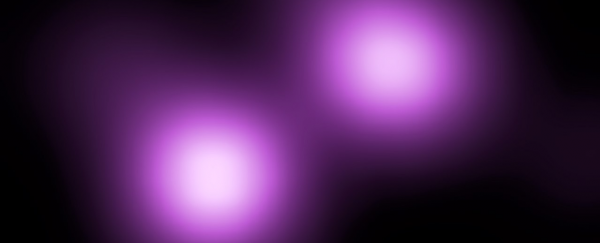Super-luminous supernovae are the brightest explosions in the Universe. In just a few months, a super-luminous supernova can release as much energy as our Sun will in its entire lifespan. And at its peak, it can be as bright as an entire galaxy.
One of the most-studied super-luminous supernovae (SLSN) is called SN 2006gy. Its origin is uncertain, but now Swedish and Japanese researchers say they might have figured out what caused it: a cataclysmic interaction between a white dwarf and its massive partner.
SN 2006gy is about 238 million light years away, in the constellation Perseus. It's in the spiral galaxy NGC 1260. It was discovered in 2006 as its name shows, and has been studied by teams of astronomers using the Chandra X-Ray Observatory, the Keck Observatory, and others.
When SN 2006gy was discovered, Nathan Smith from UC Berkeley was leading a team of astronomers from UC and University of Texas at Austin.
"This was a truly monstrous explosion, a hundred times more energetic than a typical supernova," said Smith.
"That means the star that exploded might have been as massive as a star can get, about 150 times that of our sun. We've never seen that before."
Those types of stars mostly existed in the early Universe, astronomers thought at the time. So witnessing this one exploding gave astronomers a rare look at one aspect of the early Universe.
 How the intrinsic brightness of SN 2006gy changes over time. (NASA/CXC/UC Berkeley/N.Smith et al.)
How the intrinsic brightness of SN 2006gy changes over time. (NASA/CXC/UC Berkeley/N.Smith et al.)
It wasn't just the energy output from SN 2006gy that attracted attention. The SLSN displays some curious emission lines that have puzzled astronomers. Now a team of researchers think they've discovered what's behind SN 2006gy.
Their paper is titled "A type Ia supernova at the heart of superluminous transient SN 2006gy". It's published in the journal Science.
The team includes researchers from Stockholm University in Sweden and colleagues at Kyoto University, University of Tokyo, and Hiroshima University.
The team saw emission lines of iron that only appeared about one year after the supernova. They explored several models to explain the phenomenon, and settled on one.
"No-one had tested to compare spectra from neutral iron, i.e. iron which all electrons retained, with the unidentified emission lines in SN 2006gy, because iron is normally ionized (one or more electrons removed). We tried it and saw with excitement how line after line lined up just as in the observed spectrum," says Anders Jerkstrand, Department of Astronomy, Stockholm University.
"It became even more exciting when it quickly turned out that very large amounts of iron was needed to make the lines – at least a third of the Sun's mass – which directly ruled out some old scenarios and instead revealed a new one."
The new one involved a star going supernova and interacting with a pre-existing dense shell of circumstellar material.
 A Hubble Wide-Field Camera image of SN 2006gy and its galaxy NGC 1260. (Fox et al. MNRAS, 2015)
A Hubble Wide-Field Camera image of SN 2006gy and its galaxy NGC 1260. (Fox et al. MNRAS, 2015)
According to the team's results, SN 2006gy started out as a double star. One star was a white dwarf similar in size to Earth. The second one was a massive, hydrogen-rich star that was as large as our entire Solar System. The pair were in a tight orbit.
The larger star was in the later stages of evolution, and was expanding as new fuel was ignited. As its envelope expanded, the white dwarf was drawn into the larger star, spiraling in towards the center.
During the in-spiral of the white dwarf, the more massive star expelled some of its envelope. That happened less than a century before the supernova. Eventually, the white dwarf reached the center and became unstable. It then exploded as a Type Ia supernova.
When the supernova exploded, the material slammed into the expelled envelope. That titanic collision produced SN 2006gy's extreme light output and curious emission lines.
"That a Type Ia supernova appears to be behind SN 2006gy turns upside down what most researchers have believed," says Anders Jerkstrand.
"That a white dwarf can be in close orbit with a massive hydrogen-rich star, and quickly explode upon falling to the centre, gives important new information for the theory of double star evolution and the conditions necessary for a white dwarf to explode."
SN 2006gy was extremely bright, but others have come close.
Another supernova, SN 2005ap, was brighter than SN 2006gy, but only at its peak. SN 2005ap's peak brightness lasted only a few days. Then there's SN 2015L (also called ASASSN-15lh) which was brighter still. Though it appeared to be a superluminous supernova, its nature is still disputed.
At peak brightness, SN 2015L was 570 billion times brighter than the Sun, and 20 times brighter than the combined light emitted by the Milky Way.
This article was originally published by Universe Today. Read the original article.
